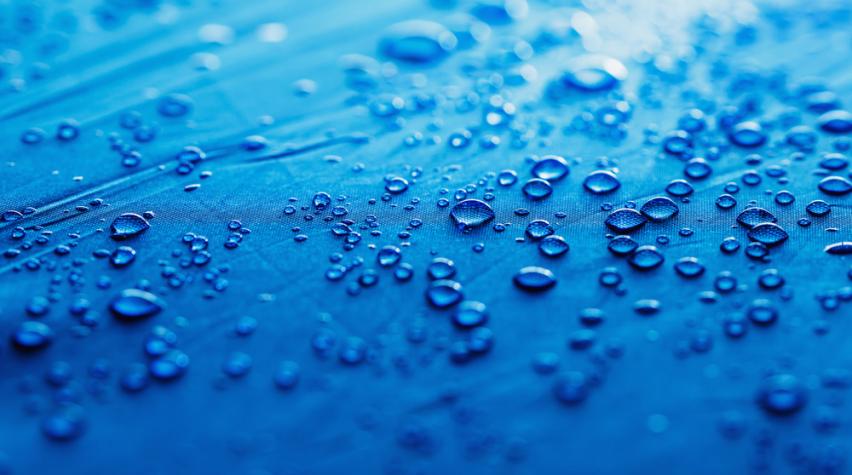
Researchers at Swansea University have developed a new class of nanomaterials with tunable wettability that have wide ranging applications from antifouling to waterproofing. The new materials are nontoxic, inexpensive, and can be applied to a variety of surfaces.
Applied by spray- or spin-coating, they provide both a texture and the ability to change a surface from superhydrophilic to superhydrophobic.
Tuning wettability
Graduate student Wafaa Al-Shatty synthesized aluminum oxide nanoparticles using hydrocarbon linear and branched carboxylic acids (with different surface energies) to demonstrate that hydrophobicity can be readily tuned based on the nature of the chemical functionality. Her research demonstrates that subtle changes in the organic chain enable the control of surface wettability, roughness, surface energy and the nanoparticles ability to behave as surface active agents.
The hydrocarbon-based superhydrophobic material may be a "green" replacement for costly, hazardous fluorocarbons commonly used for superhydrophobic applications.
The team is working to improve the material's durability on various substrates, as well as looking at large-scale application to surfaces.
For more information about the researchers’ work, see the news release as well as the open-access published findings.


